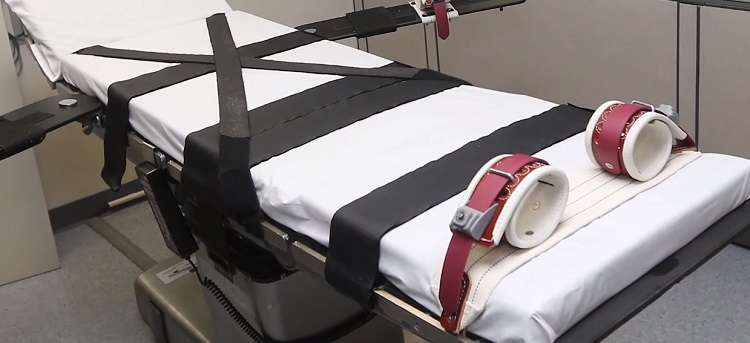On Wednesday, the Supreme Court declined to intervene in Alabama’s plan to execute Kenneth Eugene Smith using the untested method of nitrogen hypoxia, a controversial approach that has faced legal challenges and condemnation from the United Nations.
If carried out, Smith would be the first person in the United States to be executed using nitrogen gas.
Smith’s legal team argued before the justices that a second execution attempt, following a failed lethal injection in 2022, would be unconstitutional.
Additionally, Smith has sought intervention from the 11th US Circuit Court of Appeals to prevent the execution, but as of now, the court has not issued a ruling.
The scheduled date for Smith’s execution is Thursday, January 25.
The application of nitrogen gas in capital punishment, although unprecedented, has faced criticism not only from certain medical professionals but also from veterinarians who disapprove of its use on animals.
Notably, one of the limited instances where nitrogen gas is employed in animal euthanasia is with chickens.
Numerous experts have consistently cautioned against the potential for nitrogen toxicity, asserting that it could subject the condemned individual to unnecessary suffering. Simultaneously, there are concerns about the potential health risks posed to individuals in the execution room.
Understanding Nitrogen Hypoxia

Nitrogen hypoxia involves inhaling pure nitrogen gas, or nitrogen gas at concentrations lethal enough to induce asphyxiation.
This method presents a novel alternative to more conventional forms of capital punishment, such as lethal injection and electrocution, which are the most widely employed methods in the United States, according to the Death Penalty Information Center.
While “lethal gas” is broadly authorized as an execution method in seven states, including Alabama, Mississippi, and Oklahoma, only these three have explicitly specified the use of nitrogen for this purpose.
Among them, Alabama is the sole state to release a formal execution protocol for nitrogen hypoxia, issued in August of the previous year; however, the publicly available version is extensively redacted.
Despite the rejection of an injunction seeking to halt the execution plans, Smith’s legal team accused the state of utilizing him as a “test subject” for a lethal experiment.
The United Nations’ human rights office has called on Alabama to cease the execution, emphasizing the absence of “scientific evidence to prove” that execution by nitrogen inhalation will not result in “grave suffering.”
